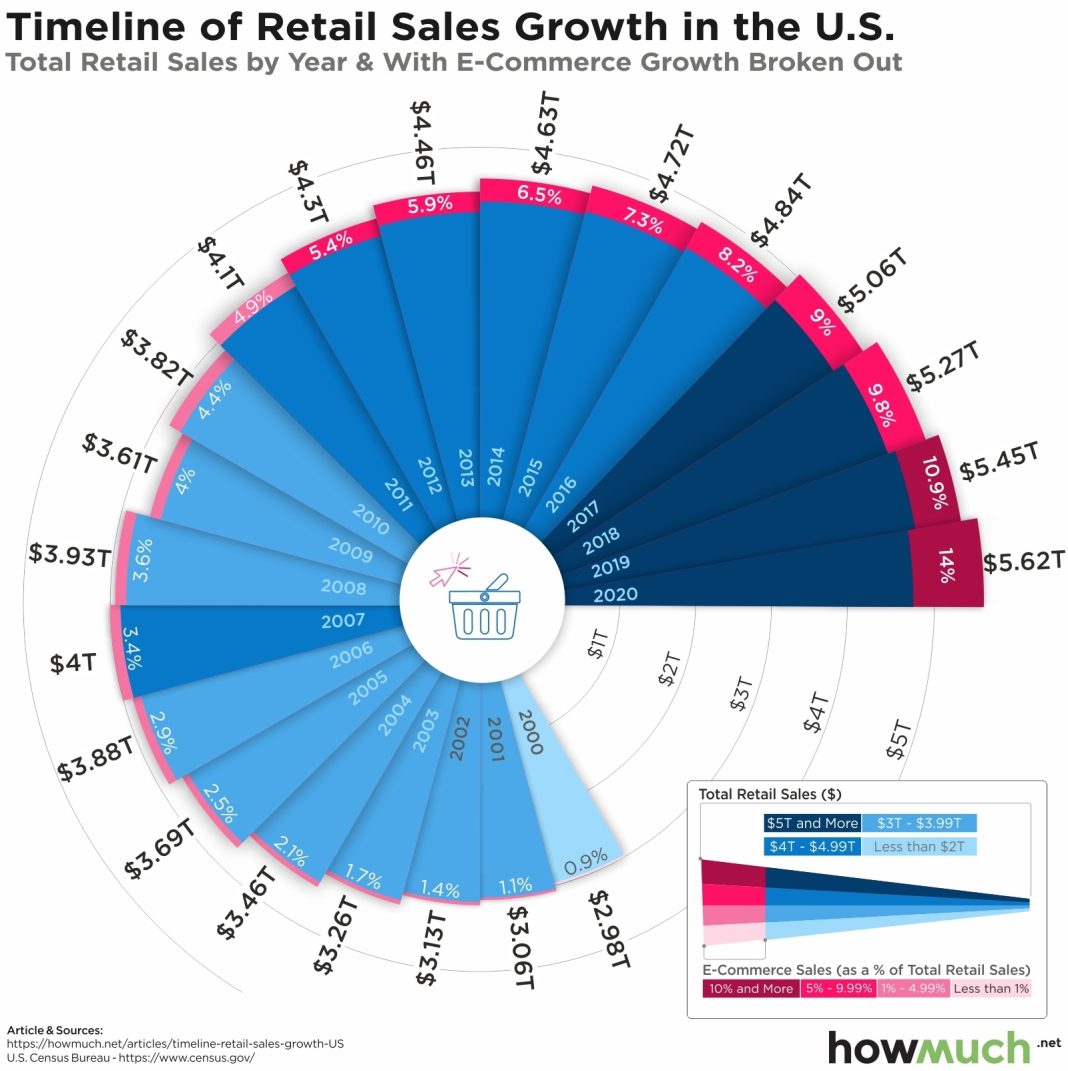
The housing market has been a topic of discussion at the recent international Jackson Hole Symposium, where Fed Chair Jerome Powell hinted at a potential cut in interest rates. This news has sparked speculation about a subsequent cut in mortgage interest rates. However, the question remains: how low do rates need to go for buyers to re-engage in the housing market?
According to Nadia Evangelou, senior economist and director of real estate research for the National Association of Realtors (NAR), a rate of 6 percent would be more workable. However, for this to happen, median home prices would also need to fall to $364,000, which is unlikely. Evangelou predicts that a scenario where rates are at 6 percent, income rises 1.6 percent, and housing prices fall 13.7 percent would allow single-income buyers to afford a median-priced home. However, she doesn’t see this happening in the next six to seven months.
Currently, with mortgage rates at their current levels, households that could previously afford a median-priced home now have to allocate a larger portion of their income to mortgage payments. According to Evangelou’s research, only one in three households (33 percent) can afford to purchase a median-priced home without spending more than 25 percent of their income on their mortgage payment. This is a significant decrease compared to 2021 when more than half (55 percent) of all households met the income requirements to purchase a home.
Evangelou’s research also reveals that 28.4 million households have been priced out of the market since 2021, and 30.4 million are unable to buy a median-priced home since 2019. However, the good news is that with mortgage rates falling, the housing market has reopened for some households. Families with more than one income can now afford a median-priced home. But, as with the current real estate environment, there are other challenges to consider, such as a lack of inventory and rising prices.
Realtor.com’s July housing report shows that there has been a 6.6 percent increase in the number of homes actively for sale compared to the same time in 2023. This marks the ninth consecutive month of inventory growth. However, the inventory is still down 30.6 percent compared to 2019. This lack of inventory is primarily due to the lock-in effect, where homeowners are reluctant to move to today’s interest rates because they purchased their homes at lower rates before the pandemic.
Lisa Briganti, a realtor from Briganti Properties in Greenville, South Carolina, explains that the only reasons she has seen recently for people wanting to sell are death, divorce, job transfer, or the need to downsize. Homeowners don’t want to give up their low interest rates to buy another home with higher payments. Jeff Burke of Jeff Burke & Associates-Keller Williams Realty in Lansing, Michigan, suggests that once rates come down to 5 percent or 5.5 percent, more opportunities may open up for sellers.
In this challenging market with high prices, mortgage rates, and low inventory, real estate agents who are proactive and not waiting for the market to change are the ones surviving. Burke advises his agents to make the market rather than being victims of it. He has taken various steps to create a market, such as sending out mailers and capturing inventory. He believes that being proactive and guiding the market is the key to success.
While interest rates are falling and inventory is slowly increasing, first-time homebuyers continue to face challenges in entering the market. Burke explains that he has encouraged young buyers who have been gifted down payments or cash to consider buying a home. However, Evangelou paints a dim reality for most first-time homebuyers, stating that rates would need to fall to around 2.8 percent for them to enter the market, which is unlikely to happen.


